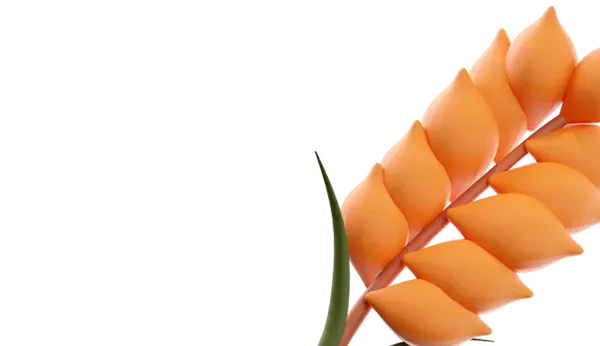According to favorable forecasts, Russia may export 1 million tons of meat products abroad this year, as reported by the head of Rosselkhoznadzor, Sergey Dankvert, at a press conference. This volume includes various types of meat, finished products, and by-products. In 2024, around 860 thousand tons of products were exported, including live cattle, which were recalculated into slaughter weight.
“Our achievements indicate that, despite the problems existing both in our country and in Europe, we have managed to create conditions for product exports,” Dankvert assessed the situation. For example, as of March 21, this year, pork deliveries have reached 60.5 thousand tons compared to 32.3 thousand tons for the same period last year, including shipments to China excluding exports to Hong Kong, which amounted to 10.7 thousand tons of pork.
However, there are still certain risks that could impact the implementation of the favorable scenario. Among these risks, Dankvert noted the exchange rate of the dollar, which is not always advantageous for exporters – when the ruble strengthens, export rates become less attractive. The head of Rosselkhoznadzor also highlighted the deteriorating situation with swine fever in Europe, as well as the risk of the introduction of dangerous diseases, including swine fever, from Ukraine, where the epizootic situation is out of control. “This means that we are in a state of increased risk,” he noted.
Meanwhile, the "Damate" group of companies announced that it became the first Russian company to be granted the right to export turkey meat to Singapore. Currently, the company is finalizing its assortment and conducting negotiations with Singaporean companies. “We are looking optimistically at new opportunities and aiming to take a significant position in the turkey meat market in Singapore,” highlighted Daria Lashchenko, the company's deputy director of marketing and sales. Last year, the company exported over 19 thousand tons of turkey meat, processed products, and ready-to-eat products to African countries, the Middle East, Asia, and the Persian Gulf. More than half of this volume was shipped to China.















